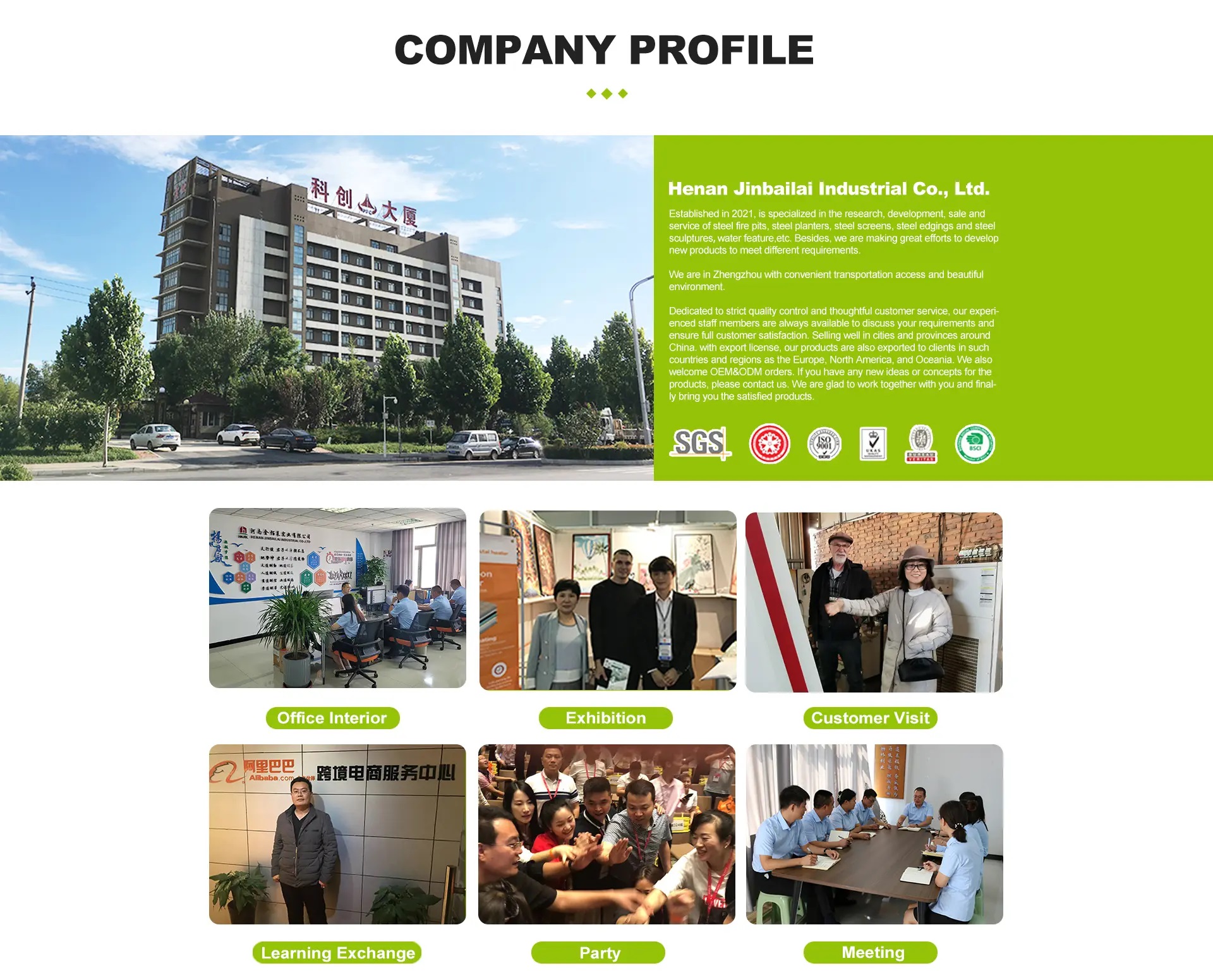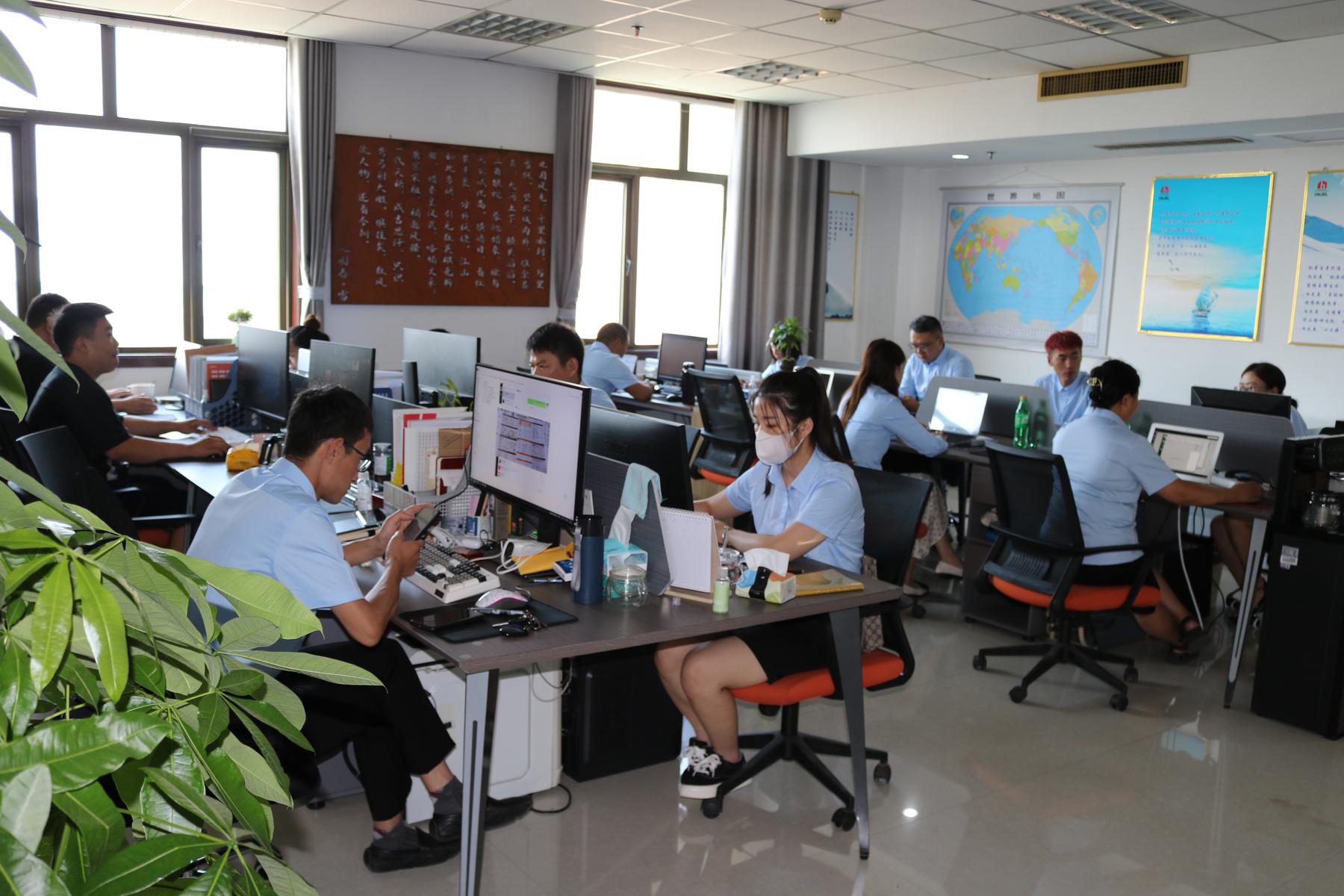What are the characteristics of weathering steel Garden edging after rust?
Many friends think that weathering steel itself has its own rust color, but in fact this is not the case. Weathering steel itself has the beauty of rust color, but it will be stronger after rust in the later period, and it can also protect weathering steel
Body plate. Today, weathering steel home will share with you its characteristics after rust.
A stable, uniform and non-erasable rust-red oxide film is quickly formed. In an outdoor environment of 20 degrees Celsius, the anti-rust treatment process is usually completed within 2-5 days, and rust red can be fully achieved.
Secondly, under the catalytic scheme of anti-rust treatment, the rapidly generated surface roughness has a feel, making its structure more specific and quality, sublimating visual and sensory effects, and rapidly improving landscape design
Effect, improve economic and artistic benefits! This feeling is what designers crave. Usually the weathering board will rust naturally within 1-2 years, producing this effect. Only light yellow rust in 2-3 months.
Easy to fall off!
The color of the formed rust red oxide film is uniform and stable, and is not affected by the local geographical location, local weather, location (southeast or northwest), etc.
There is no corrosion in the treatment process, which will not affect the continued formation of the surface rust layer in the later stage. It is environmentally friendly and harmless, and does not affect plant growth. It does not affect the symbiosis between the limited material and the surrounding plants, reflecting that it can be held
Continue the design concept. Rust red weathering steel will change with time, and its color will be greatly affected by the environment and climate. When left for a long time, its color easily changes from bright reddish-brown
Dark reddish brown, which dates back to the site's history and recorded time. Expand the immediacy and vitality of the site, allowing limited materials to coexist with each other, thereby reflecting a sustainable design concept.
What are the steps of thermal treatment of Corten steel garden edging?
corten garden edging The surface properties of metal heat treatment process change after surface heating and cooling. The improvement of performance can not be separated from heat treatment, and solution treatment is one of the important steps in surface heat treatment. Only with a better understanding of solution treatment and surface heat treatment can it be better applied.
The heating temperature of solid solution treatment is generally between 780-820 for surface heat treatment, 760-780 is used for corten steel edging material as an elastic member, mainly to prevent coarse particles from affecting strength. The furnace temperature of homogeneous solution treatment should be strictly controlled at 5. Generally, the holding time can be calculated according to 1 hour /25 mm. When beryllium bronze is heated in solid solution in air or oxidizing atmosphere, its surface will form an oxide film. Although it has little effect on mechanical properties after aging strengthening, it will affect the service life of cold working molds.
In order to avoid oxidation, it should be heated in a vacuum furnace or ammonia decomposition, inert gas and reducing atmosphere to obtain a bright surface heat treatment effect. In addition, it is necessary to shorten the transfer time as much as possible, otherwise it will affect the heat treatment effect after aging. Thin material shall not exceed 3 seconds, generally weathering steel lawn edging shall not exceed 5 seconds. Water is generally used as a quenching medium. Of course, oil can also be used for flower bed edging parts of weathering steel with complex shapes to avoid deformation.
How to avoid welding of weathering steel retaining plate?
The so-called virtual welding refers to the welding of weathering steel, only a few weathering steel welding joints, resulting in poor contact, intermittently. Experienced welders know that every weld must be strong and in good contact. In this way, the chromium carbide wear-resistant cored wire and welding can be firmly fused to avoid false welding. So, how to avoid virtual welding? Today, Weathering steel home will share it with you!
1, ensure that the weldment surface is clean: if the weldment and welding, the surface has rust, dirt or oxide, it should be scraped off with a knife or sandpaper before welding until a bright surface is exposed, and then welding or welding, tinning.
2. Be sure to master the temperature: In order to make the temperature appropriate, choose the soldering iron with the right power according to the size of the weldment, and pay attention to the heating time. If the low-power chromium carbide wear-resistant cored wire is used for welding large parts, or the ground wire is welded on the metal substrate, it is easy to form false welding. In addition, in the spot welding head of weathering steel and weathering steel with solder, if the wear-resistant cored wire is removed, the solder of the solder joint will be less, indicating that the heating time is too short and the temperature is not enough. Or the welding is too dirty.
3. Appropriate number of wires: According to the desired welding size, determine the length of the chromium carbide wear-resistant cored wire dipped in the soldering iron, so that the welding is enough to wrap the object to form a smooth surface. If the tin plating is not enough, it can be replaced, but the soldering iron can be removed after the previous wear-resistant cored wire is melted together.
4. Pay attention to choosing the right flux: the role of flux is to improve the fluidity of solder, prevent welding, surface oxidation, and play the role of welding and protection. When using welded electronic components, the use of solder paste should be avoided whenever possible. The better flux is rosin alcohol solution. When spot-welding weathering steel and weathering steel, only a little drop in welding is required.










